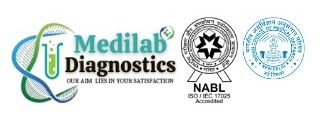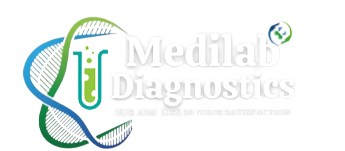This is a complex hormonal disorder affects 1 in 10 women worldwide, and 1 in 5 women in India.
Few people talk about it, and the disease is not well understood. But don’t get your knickers in the team.
If you have never heard of it. We are here to SOS your PCOS!
What is that now?
In case you confuse PCOS with PCOD (Polycystic Ovarian Disorder).
Don’t worry, PCOD is an old term for what doctors now call Polycystic Ovarian Syndrome.
Women with PCOS may have menstrual irregularities or high levels of male hormones or androgen levels. The ovaries can also form large amounts of fluid and fail to release eggs regularly.
Symptoms of PCOS
So they have their first period of menstruation a little later or a little older than normal. They can also have oligomenorrhea, which occurs less than nine times a year.
So they have fewer menstrual periods, and during adolescence, they may sometimes have amenorrhea, which is not a menstrual cycle at all – so they simply live their lives without menstruation.
But interestingly enough, they can get used to it after 40 years and I mean they usually have these many symptoms like oligomenorrhea and amenorrhea, but these may be normal after 40 years.
So after 40 years, they may have some normal times.
And another major Symptom of polycystic ovary syndrome is hyperandrogenism, and this is one of the major types (one type of major symptoms) that causes the most visible symptoms you see with these patients.
Acne – Acne is most common in patients with polycystic ovary syndrome due to high levels of androgens.
Hirsutism – Now hirsutism is actually hair growth, so these patients will usually grow or have permanent hair growth to get this type of black hair that grows mainly on their face or other parts of their body.
Hair Loss – So it is probably a type of male pattern hair loss due to high levels of Androgens.
Causes of PCOS in Female
It is not known what caused PCOS. Doctors believe that high levels of male hormones inhibit the ability of the ovaries to produce hormones and to produce eggs normally.
Excess androgen production has been linked to genetics, insulin resistance, and inflammation.
Inheritance
According to genetic studies, PCOS works with families.
It is possible that many genes, not just one, play a role in this.
Insulin resistance
Insulin resistance affects up to 70% of women with PCOS, which means their cells are unable to use insulin properly.
Insulin is a hormone produced by the pancreas to help the body absorb sugars from food for energy.
When cells fail to use insulin properly, the body’s need for insulin increases. Compensation, the pancreas produces a lot of insulin. Excess insulin stimulates the ovaries to produce extra male hormones.
Obesity contributes significantly to the increase in insulin secretion. Both obesity and insulin resistance may increase the risk of type 2 diabetes.
Inflammation
Women with PCOS tend to have higher levels of inflammation in their bodies. Obesity can cause inflammation. Excessive inflammation has been linked to high levels of androgen in studies.
Diagnosis
There’s no test to definitively diagnose PCOS. Your doctor will likely begin by reviewing your medical history, including menstrual cycles and weight changes. A physical examination will look for signs of excessive hair growth, insulin resistance, and acne.
Pelvic examination: The doctor examines your genitals visually and artificially to see if they are bulking, growing, or something unusual.
Blood tests: Hormone levels in your blood can be measured. These tests can detect possible causes of menstrual irregularities or androgen overdoses that mimic PCOS. You may be under additional blood tests to check your sugar tolerance and fasting cholesterol and triglyceride levels.
Ultrasound: Your doctor examines the shape of your eggs and the size of the uterine lining. In your vagina, a wand-like device (transducer) is inserted (transvaginal ultrasound). The transducer generates sound waves, which are then converted into images on a computer screen.


